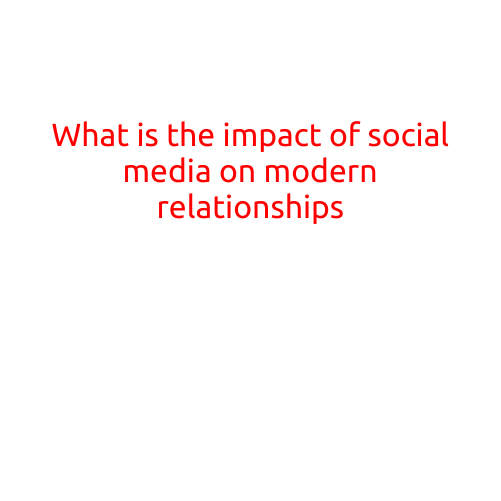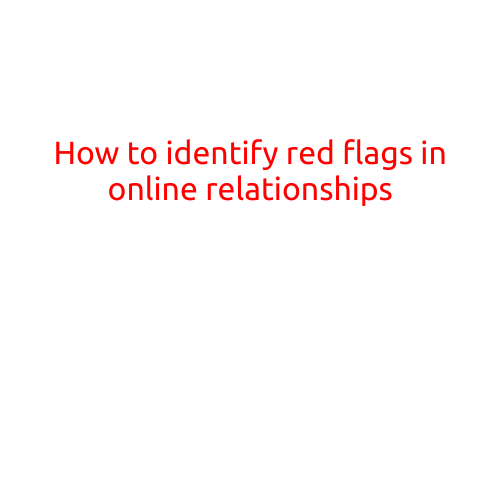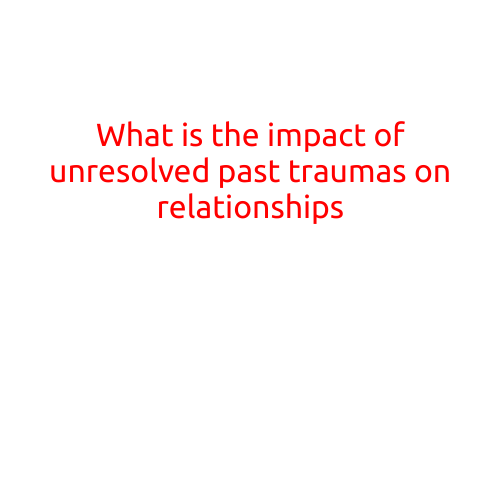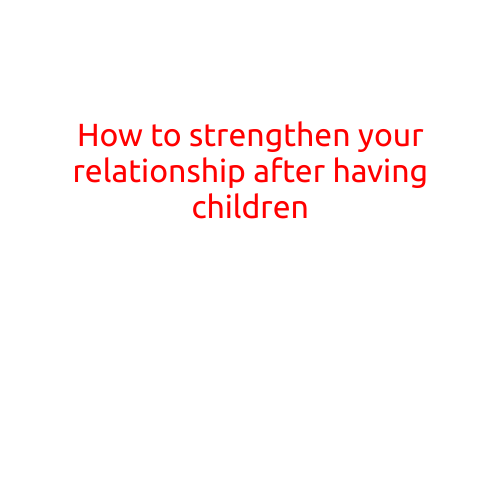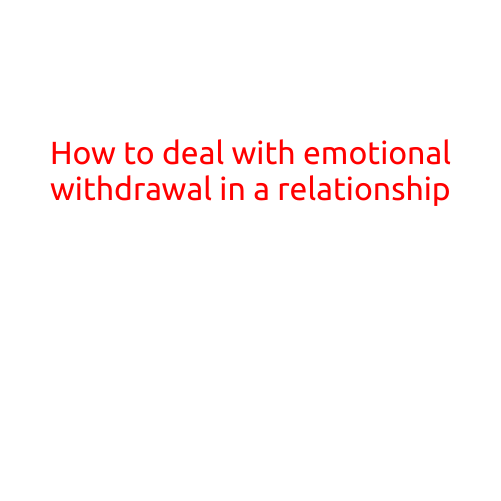
How to Deal with Emotional Withdrawal in a Relationship
Emotional withdrawal is a phenomenon that affects many relationships, where one or both partners retract emotionally from the other, leading to feelings of disconnection and isolation. It’s a phenomenon that can be subtle, yet devastating, and can erode the very foundation of a relationship. In this article, we’ll delve into the causes, signs, and most importantly, provide guidance on how to deal with emotional withdrawal in a relationship.
What is Emotional Withdrawal?
Emotional withdrawal occurs when one or both partners subconsciously or consciously distance themselves from the emotional needs of the other. This can manifest in various ways, such as:
- Avoiding conversations or topics that may lead to conflict or emotional intimacy
- Withdrawing from physical touch or affection
- Avoiding eye contact or minimizing interaction
- Feeling disconnected or numb in the relationship
- Feeling like you’re walking on eggshells, never knowing when the other person might lash out or become distant
Causes of Emotional Withdrawal
Emotional withdrawal can be triggered by various factors, including:
- Trauma or past experiences
- Fear of abandonment or rejection
- Past relationships or emotional wounds
- Unresolved conflicts or unmet emotional needs
- Avoiding conflicts or uncomfortable emotions
- Lack of effective communication or emotional expression
Signs of Emotional Withdrawal
If you’re experiencing emotional withdrawal in your relationship, you may notice the following signs:
- Feelings of disconnection or isolation
- Increased conflict or tension
- Avoidance of emotional intimacy or conversations
- Feelings of resentment or frustration
- Difficulty expressing emotions or talking about feelings
How to Deal with Emotional Withdrawal
Dealing with emotional withdrawal requires empathy, understanding, and effective communication. Here are some strategies to help you overcome emotional withdrawal and strengthen your relationship:
- Communicate openly and honestly: Create a safe space for open and honest communication. Share your feelings, needs, and concerns without fear of judgment or rejection.
- Identify and address underlying issues: Explore the root causes of emotional withdrawal, whether it’s trauma, fear, or unresolved conflicts. Addressing these underlying issues can help you reconnect emotionally.
- Practice emotional validation: Acknowledge and validate each other’s emotions, even if you don’t agree on everything. Emotional validation helps create a sense of safety and understanding.
- Improve emotional expression and intimacy: Engage in activities that promote emotional intimacy, such as shared hobbies, romantic getaways, or simply having meaningful conversations.
- Set boundaries and prioritize self-care: Establish healthy boundaries and prioritize self-care to ensure you’re not neglecting your own emotional needs.
- Seek professional help: If you’re struggling to overcome emotional withdrawal, consider seeking the help of a couples therapist or counselor. They can provide you with personalized guidance and support.
Conclusion
Emotional withdrawal can be devastating to a relationship, but with empathy, understanding, and effective communication, it’s possible to overcome this phenomenon and strengthen your bond. By identifying the causes, signs, and strategies to deal with emotional withdrawal, you can create a more emotionally intimate and fulfilling relationship. Don’t let emotional withdrawal erode your connection; work together to build a stronger, healthier bond.
